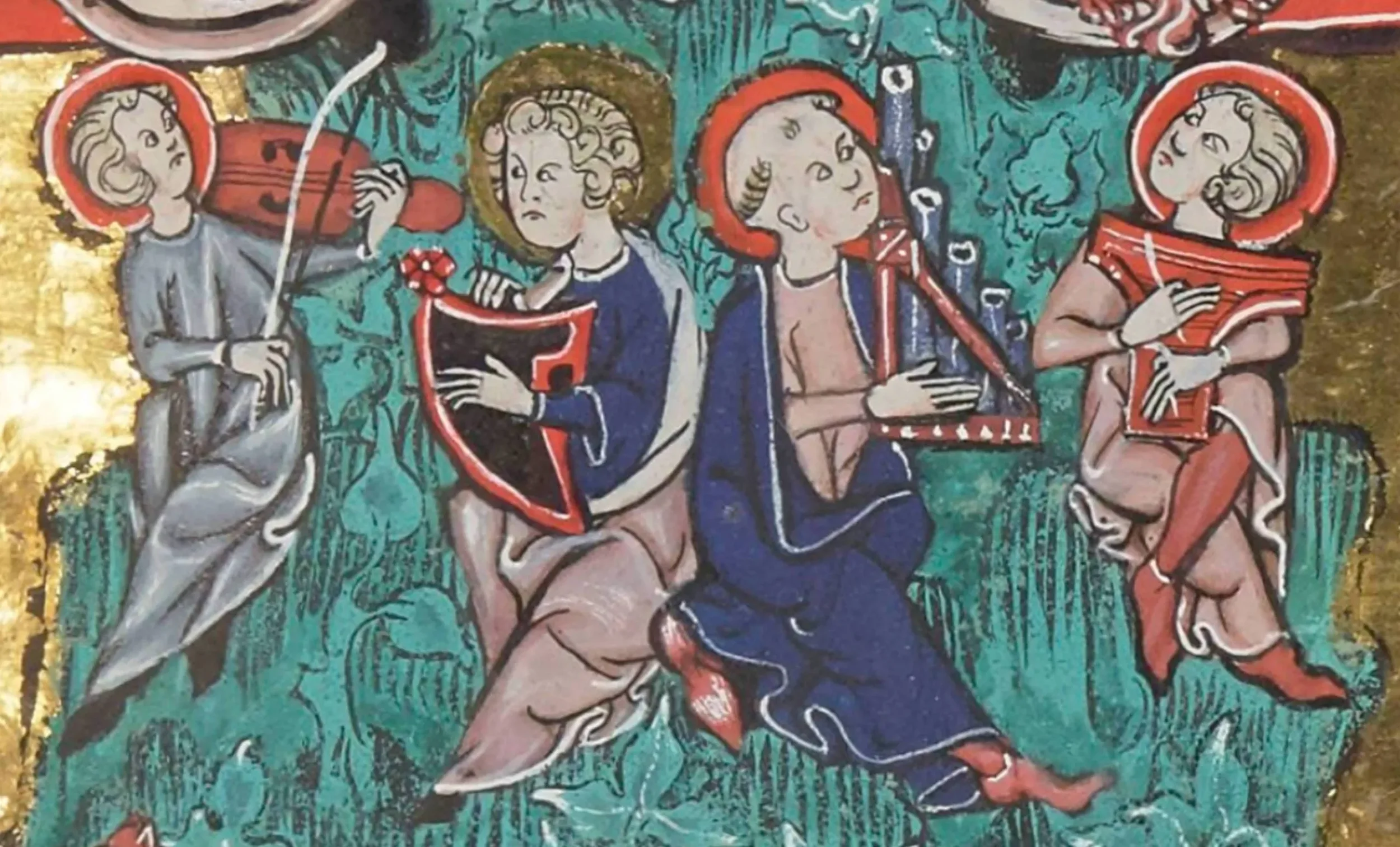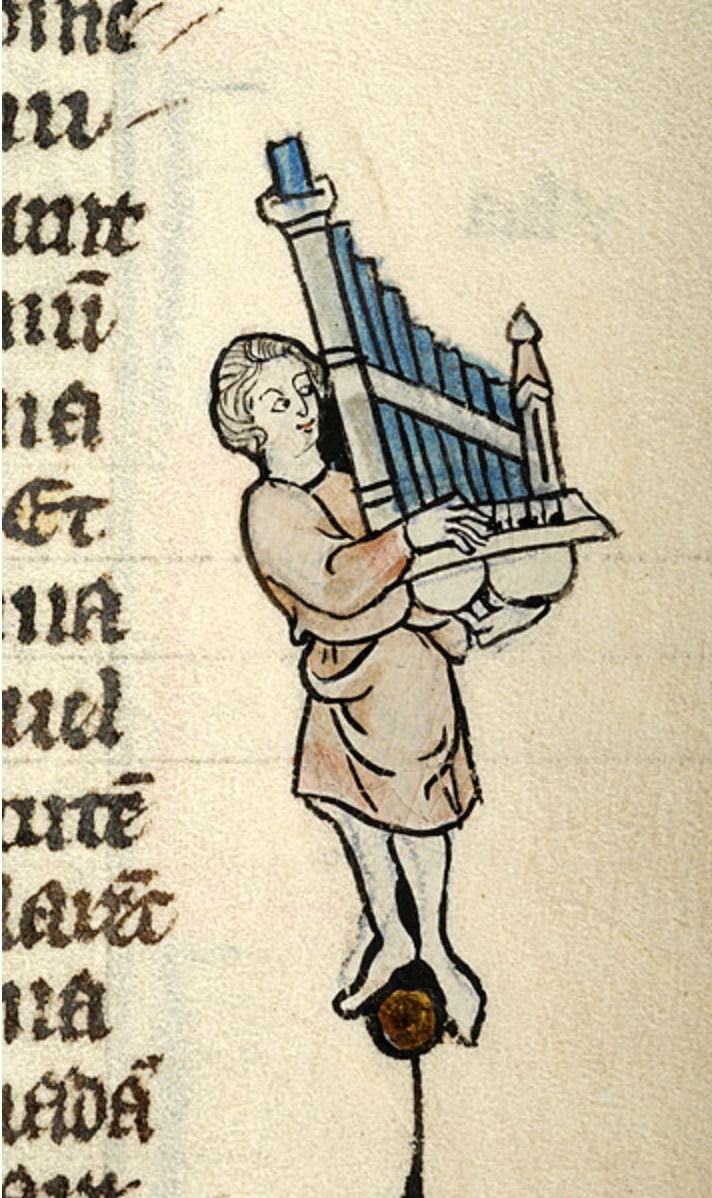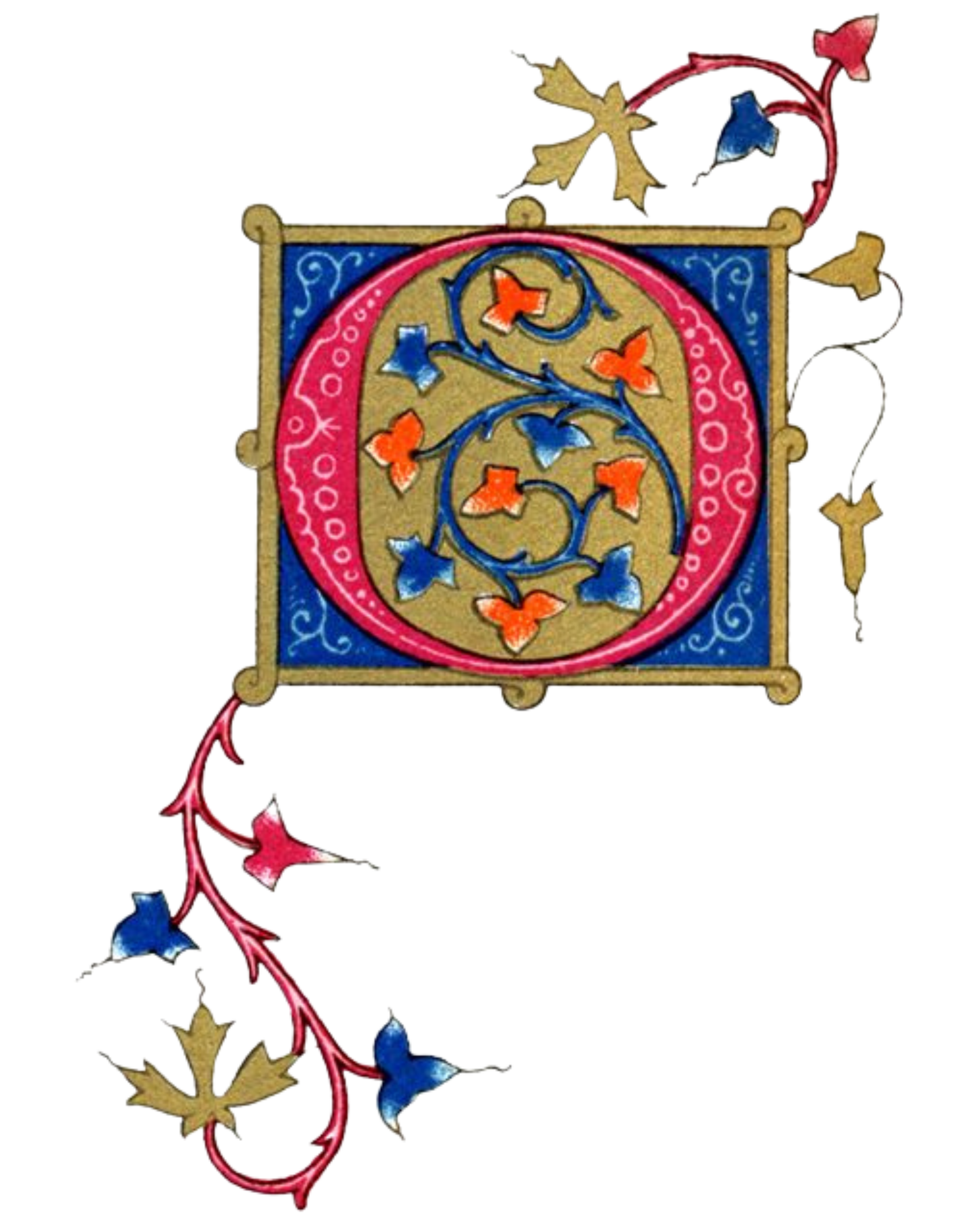
not optimized for mobile view
The Organetto
Tasto Solo’s Guillermo Pérez and his organetto
Also known as a portative organ, the organetto was one of the most popular instruments of the 13th and 14th centuries. It is typically played on the musician's lap with one hand operating the bellows and one on the keyboard.
Without any surviving historical examples, today’s organettos are largely based on historical iconography—medieval paintings, illuminated manuscripts etc. These images represent some extant examples we still have.
One unique interpretation comes from the manuscripts of Leonardo da Vinci, whose sketch shows an unusual orientation of the pipes. Tasto Solo’s director Guillermo Pérez took part in an interpretive construction of an organ from this sketch.
The Manuscripts
Montpellier Codex
“The most comprehensive and lavishly appointed motet book to survive from the thirteenth century. It contains more than three hundred motets of every description, ranging in date over the whole century.”
- Richard Taruskin, The Oxford History of Western Music
Codex Las Huelgas
The Cistercian convent of Santa María la Real de Las Huelgas in Burgos (Spain) preserves one of the most significant medieval music manuscripts: the Codex Las Huelgas. Dating back to around 1300, this manuscript is an important part of European cultural and spiritual heritage, the convent once being closely linked to the royal family of Castile… The music in the Codex Las Huelgas was intended for performance within the convent, which boasted a choir of 100 women during the 13th century. Interestingly, and despite Cistercian regulations against polyphonic music, it appears that two-part polyphony was permitted, as evidenced by two-part solfège exercises within the manuscript.
- Daniel Esparza, from Aleteia.org
Le Manuscrit du Roi
“The Manuscrit du Roi or Chansonnier du Roi ("King's Manuscript" or "King's Songbook") is “a huge codex copied in the mid-thirteenth century, that contains songs of the troubadours alongside those of the trouvéres, along with dances in mensural notation (that is, notation prescribing rhythm).”
- Richard Taruskin, The Oxford History of Western Music

ne of the most important forms of polyphonic music from about 1220 to 1750. No single set of characteristics serves to define it generally, except in particular historical or regional contexts. It developed into the pre-eminent form of secular art music during the late Middle Ages.
What is a motet?
The medieval motet was a polyphonic composition in which the fundamental voice (tenor) was usually arranged in a pattern of reiterated rhythmic configurations, while the upper voice or voices (up to three), nearly always with different Latin or French texts, generally moved at a faster rate. The word ‘motet’ itself has a vernacular French etymology – ‘little words’.



















